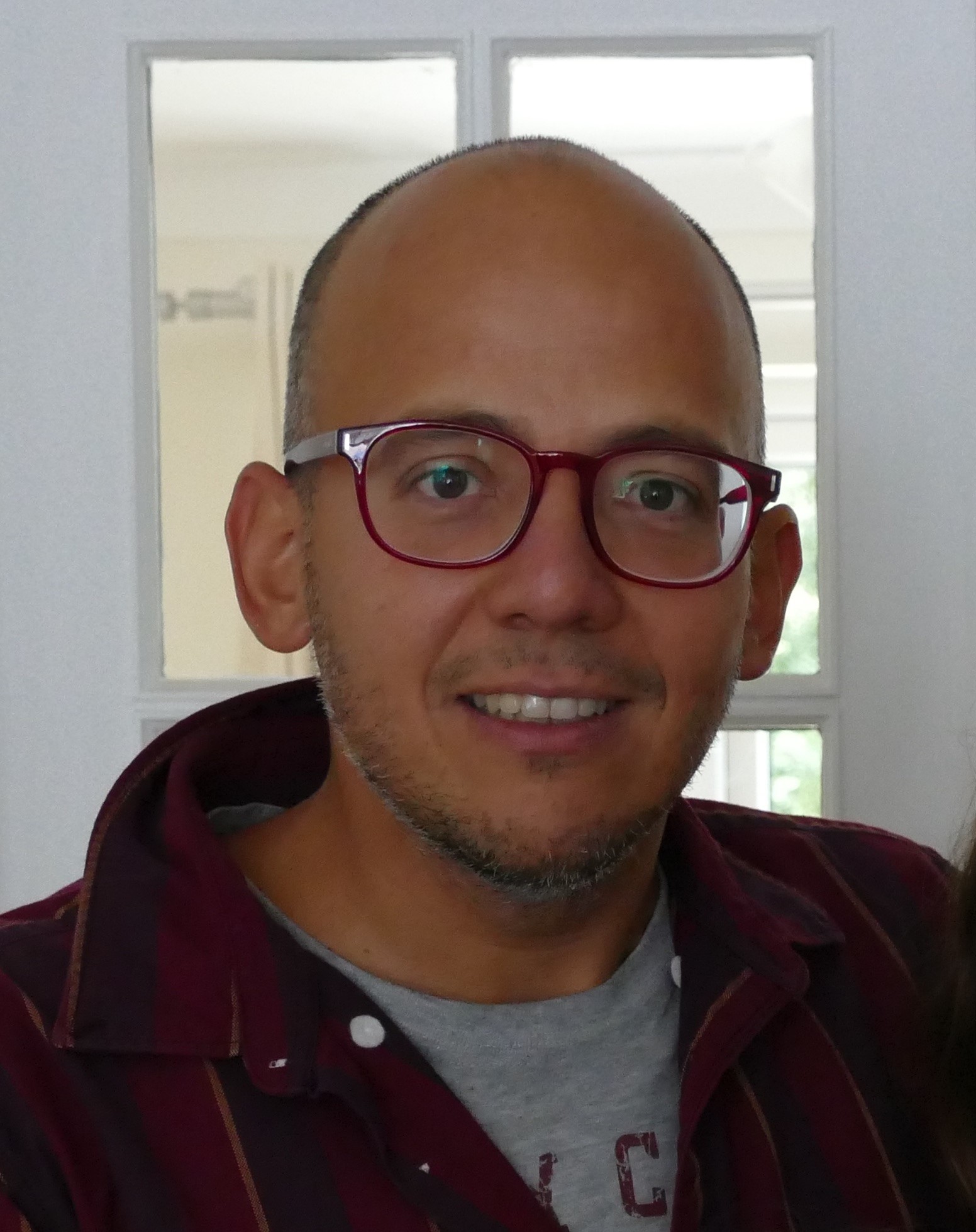

Feb 2025

Abstract:
Quantifying
general patterns of community structure, and the mechanisms behind them,
is key to understand the persistence and collapse of complex ecological
communities. As such, this understanding is fundamental to developing
sound conservation strategies that consider the processes involved in
community formation and persistence. To achieve this, we should develop
holistic approaches that not only consider species composition but also
ecological interactions between them. In my lab, we tackle this
challenge by unveiling empirical patterns of species interactions
networks alongside theoretical approaches that enable a better
understanding of their assembly and disassembly.
In this talk, I will
discuss different approaches that we have developed over the last few
years to better understand community assembly and dynamics across
spatial scales and across ecosystems: from microbes to vertebrates. I
will illustrate these perspectives with examples from the marine realm,
where we have investigated the drivers of species interaction networks
along latitudinal gradients, the synergistic effects of invasions and
warming species interactions and distributions, and the mechanistic
drivers of host-associated marine microbial communities, with
applications to conservation. Our findings illustrate how the analysis
of large datasets of species distributions and interactions, linked with
mechanistic modelling frameworks of complex communities can offer rich
perspectives to unveil the mechanisms behind the assembly of complex
communities. This synergistic interaction between empirical analysis and
theoretical modelling can form the basis for sound conservation
strategies.
Bio:
Miguel is a computational
ecologist interested in understanding the assembly and disassembly of
complex species interactions networks across scales and ecosystems. He
obtained his PhD in Terrestrial Ecology from the Autonomous University
of Barcelona in 2014. He developed his doctoral research jointly at the
Marine Sciences Institute (ICM-CSIC) and the Centre for Ecological
Research and Forestry Applications (CREAF). After his PhD, Miguel
completed his postdoctoral training at the University of Adelaide,
Australia (2014-2016) and the Theoretical and Experimental Ecology
Station of the CNRS, France (2016-2019). He has worked in topics ranging
from the organisation of the microbiome to the spatial variation and
assembly of ecological networks across scales and their response to
environmental change. Since 2019 he leads the Computational Ecology Lab
at Swansea University, UK where he is an Associate Professor.
His
research seeks to understand the ecological and evolutionary drivers
behind the structuring of complex species interaction networks. Further,
he is interested in applying this knowledge to understand the impacts
of different aspects of global change on ecosystems. To tackle these
challenges, he studies a variety of systems at various scales, from
microbial communities to continent-wide food webs. His research combines
analyses of complex datasets of species distributions and interactions
with the development of theoretical models of community assembly
incorporating ecological and evolutionary processes. This approach
ultimately seeks to contribute to the mechanistic understanding of
large-scale biodiversity patterns and how they break in the face of
environmental perturbations.